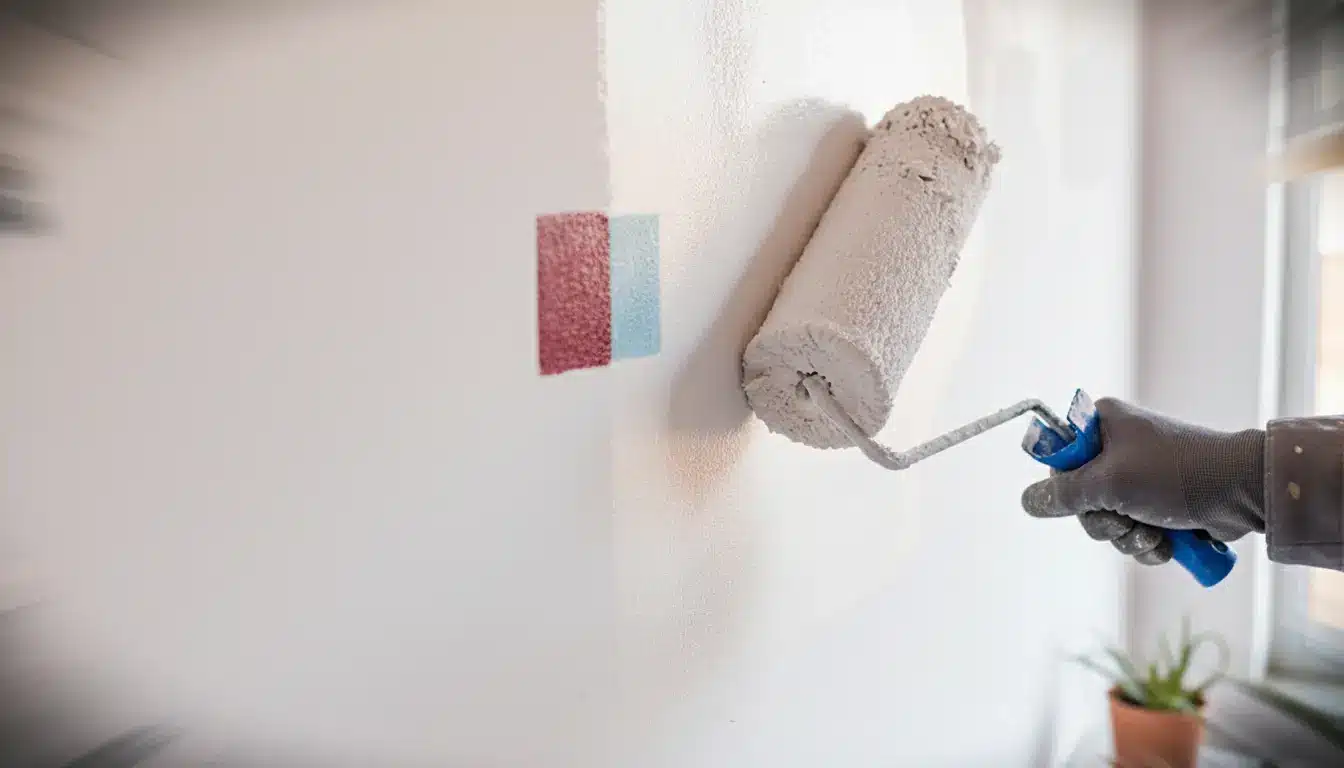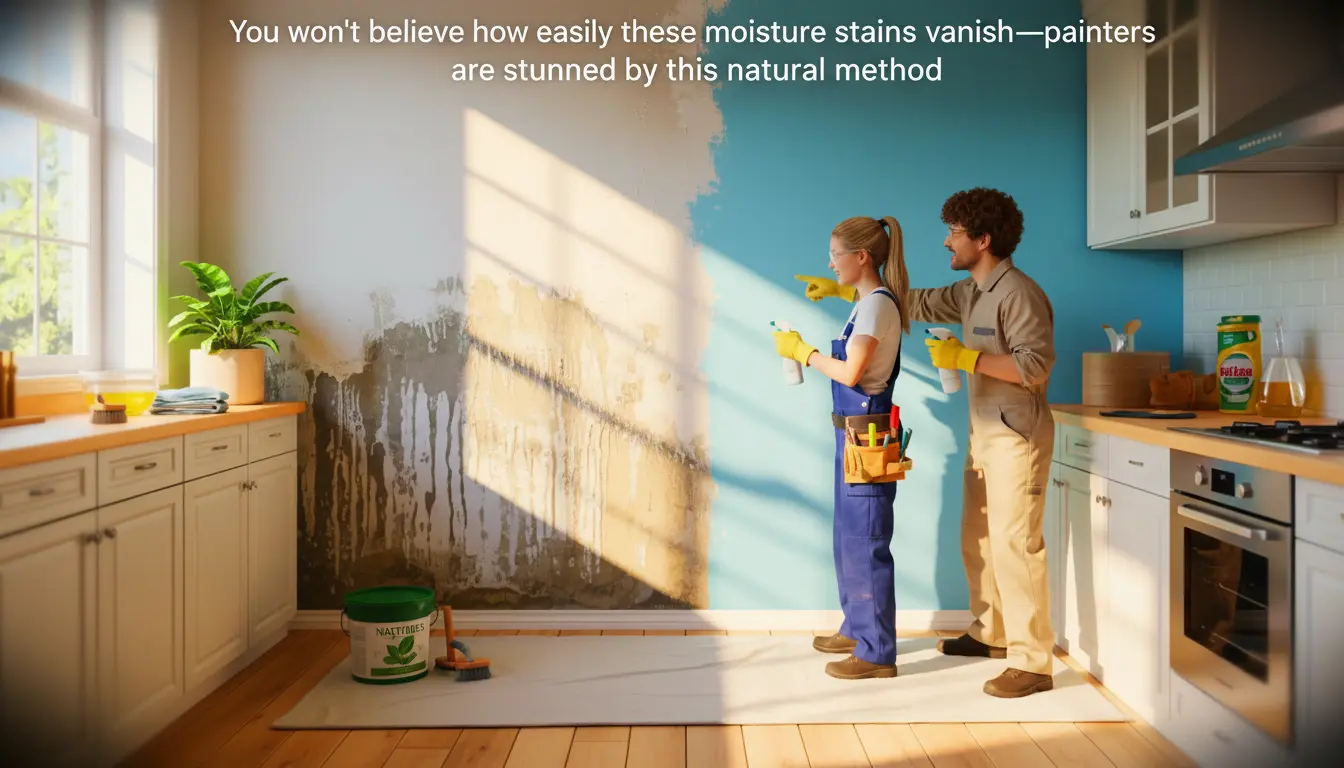Tired of freezing cold walls and heating bills that give you chills of their own? You’ve probably heard about insulating paint — an innovation marketed as a secret weapon for cosier rooms and slimmer energy bills. But is this wonder paint really the answer, or is it just another brush-off solution? Let’s dive into what the experts say, no overcoats required.
What is insulating paint and how does it actually work?
When most of us think about beefing up home insulation, classic materials spring to mind: glass wool, hefty insulating panels — basically, things that are thick and fluffy. Insulating paint, though, shakes up that old thinking. Lighter and much easier to handle, it’s infused with thermo-reflective components or tiny ceramic microspheres. The idea? These additives bounce heat back into the room in winter and keep it out in summer, working like a space blanket for your walls. Handy, right? Even better, this paint can also help muffle noise from outside, bringing a little extra calm to your daily life.
The (refreshing) advantages: comfort, ease, and a greener touch
- Thermal protection: One of the paint’s main superpowers is reducing heat loss. Slap it on cold walls and it’ll help keep warmth where you want it — inside — boosting your home’s energy efficiency and trimming those heating costs.
- Sound insulation: Beyond keeping things cosy, insulating paint quiets things down, lessening outside noise transmission for a more peaceful home (finally, a break from next-door’s drum practice).
- Simplicity: No need for a degree in DIY — if you can paint a wall, you can handle this. Unlike traditional insulation work, which often calls for pro skills, this paint is as easy to apply as your favourite color.
- Space-saving: Forget losing valuable living space to bulky panels. Insulating paint adds virtually zero thickness, so your room dimensions stay the same.
- Health and eco benefits: Formulated with low volatile organic compounds (VOC), these paints are gentler on the environment and improve your indoor air. With a long lifespan, they don’t need constant refreshing, either.
Right, but what are the catches?
As much as insulating paint sounds like a small miracle in a can, there are a few caveats. For starters, the price tag can give some homeowners pause — it’s pricier than standard paints, which might make you think twice before you redecorate the entire house. And as with cocktails (or relationships), quality matters: the effectiveness of insulating paint depends on several things:
- The product’s quality
- How thickly it’s applied
- Your house’s existing structure and insulation
For best results, this paint is ideally paired with at least basic structural insulation. Skipping ahead with just a couple of coats on uninsulated, sieve-like walls won’t perform any miracles. Precision matters, too: wall prep and following manufacturer instructions are critical if you want the paint to live up to its promise. Like cooking, shortcuts here rarely end well.
Let’s be honest — if your building is a total thermal disaster (the infamous “energy sieve”), insulating paint won’t replace thicker insulation. It works great as a supplement, but sometimes you still need something sturdier.
Performance and price: does it pay off?
The million-dollar (or at least hundred-euro) question: does insulating paint really work? That depends. Some studies show it can reduce heat loss by up to 30%, which is nothing to sneeze at. Still, it’s not a magic fix; insulating paint is most effective as a complement to other insulation, not as a solo act.
The investment varies. For good-quality interior insulating paint, expect to spend between €15 and €30 per litre. Taking things outside? Weather-resistant exterior paints can run from €20 to €40 per litre. Recommended undercoats may add €10 to €20 per litre to the total. Not exactly pocket change, so be sure to check user reviews or consult professionals before you pick your paint — it pays to be picky here.
This paint isn’t just for interiors: it works on exterior walls too, provided you choose one designed to handle your local weather. If you’re not confident applying it outdoors, don’t hesitate to call in a pro for long-lasting results.
Conclusion: is insulating paint the secret weapon for your home?
Insulating paint can be a clever way to enhance your home’s comfort and reduce energy costs with minimal fuss — and no space lost. Used wisely, and in combination with existing insulation where needed, it offers a simple, eco-friendlier upgrade. Just remember: choose your products carefully, prep well, and think of it as a trusty sidekick to more robust insulation, not a solo superhero.

John is a curious mind who loves to write about diverse topics. Passionate about sharing his thoughts and perspectives, he enjoys sparking conversations and encouraging discovery. For him, every subject is an invitation to discuss and learn.





